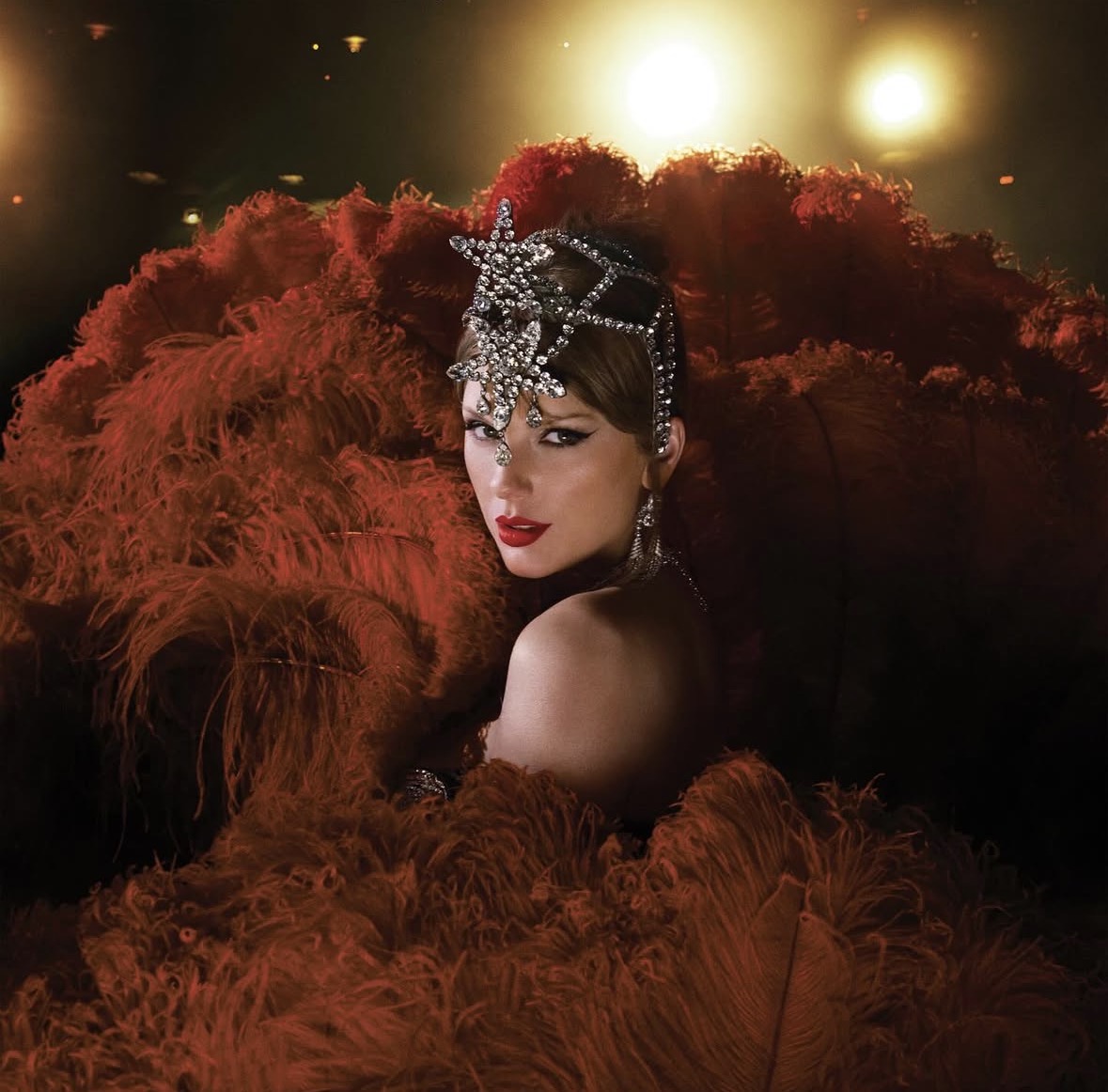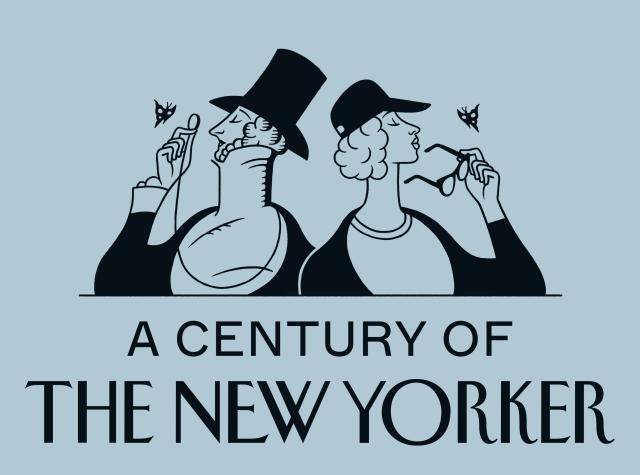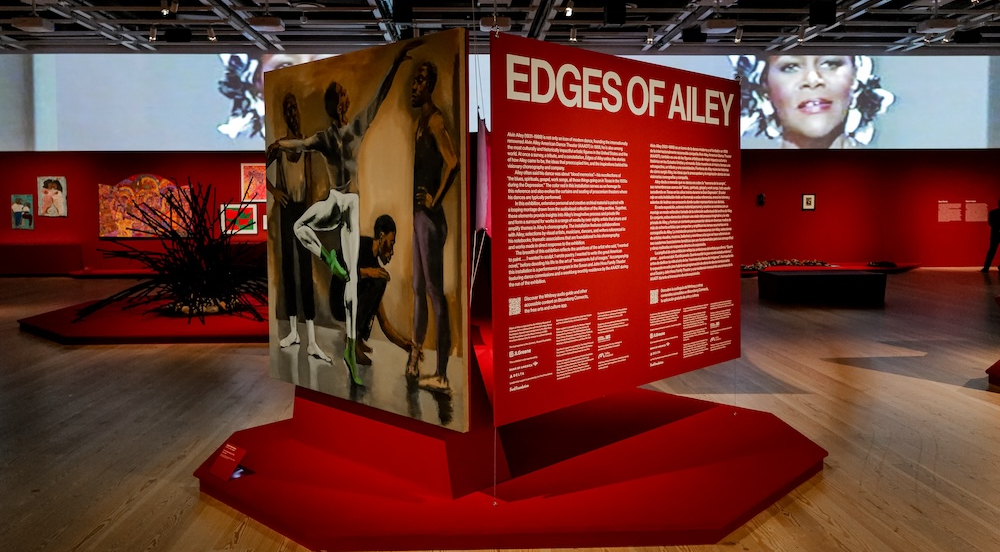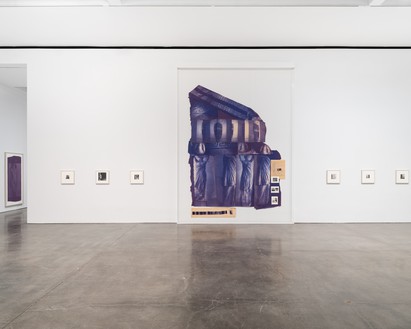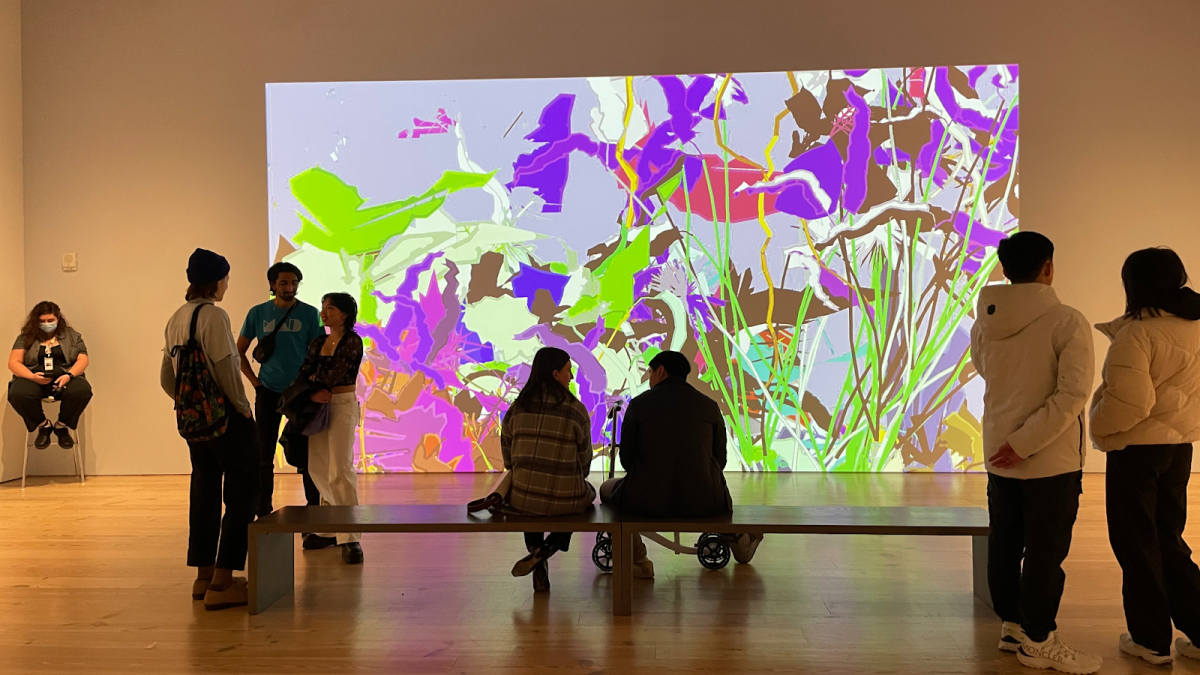Regarding Warhol: Sixty Artists, Fifty Years is the latest exhibition on view at the Metropolitan Museum of Art.
While the main subject is Andy Warhol, the exhibit includes many artists who influenced him and were influenced by him, making the work on display truly dynamic and engaging.
While it has been 25 years since his death, Andy Warhol continues to influence art today, proving that he is one of the most relevant and significant artists ever to grace the art world.
On the second floor in gallery 899, you are submerged into the world of Warhol in a way you never expected to experience. His work is compared to his peers, predecessors, and pupils, accentuating his unrivaled genius.
The first theme of the exhibit entitled “Daily News: From Banality to Disaster” explores Warhol’s early fascination with everyday household items as art pieces used to comment on the growth of consumerism at the time.
He is quoted as saying, “What’s great about this country is that America started the tradition where the richest consumers buy essentially the same things as the poorest…that the President drinks Coke, Liz Taylor drinks Coke, and just think, you can drink Coke, too. A Coke is a Coke and no amount of money can get you a better Coke than the one the bum on the corner is drinking.”
One of Warhol’s earliest pieces, “Before and After 1,” is a screen-print of a blown-up image of a plastic surgery ad from 1961. He used media pieces like this with a strong humorous tone to illustrate the obsession society had with physical perfection. It was his use of beautiful, bright, and pleasing images in a somewhat mundane and humorous way that caught the public’s attention and made him a significant voice of the time.
Alongside his work are pieces by other artists who reflected Warhol’s aesthetic. Artist Ai Weiwei printed the Coca Cola logo across a Neolithic Vase in 2010, bringing ancient art and contemporary media together, a concept Warhol used throughout his career.
Continuing through the exhibit, visitors come upon the next theme “Portraiture: Celebrity and Power.” Here are many of the most recognizable paintings by Warhol.
By taking a flash Polaroid of his subjects, we would trace them and paint their portraits on a larger scale, making sure to only include their best qualities. He once stated, “Always omit the blemishes, they’re not part of the good picture you want.” Probably the most renowned pieces by Warhol are his color-blocked, pop art paintings of Marilyn Monroe. Interestingly, he began these portraits immediately following her death in 1962.
Additional to consumerism, Warhol’s art symbolized issues like sexuality and gender and their changing impact on society. The third theme of the exhibition is “Queer Studies: Camouflage and Shifting Identities.” This section chronicles the longtime attempt to effectively portray identity in art. The walls are covered in photographs of sexually ambiguous men and women in drag.
Warhol’s painting entitled “Torso from Behind,” shows the upside-down mid section of a man in the buff. Accentuating his statement, “Sex is more exciting on the screen and between the pages than between the sheets.”
The final two themes, “Consuming Images: Appropriation, Abstraction, and Seriality” and “No Boundaries: Business, Collaboration, and Spectacle” both address the progressively changing art world, where subjects crossover from urine on metallic painted canvas to paintings influenced by American currency and economics.
No subject or method was off limits in Warhol’s mind, and as a result, he was able to assist in altering art and the way the public view art forever.
The last room of the exhibit yellow-lit with an entire large wall covered in Warhol’s “Cow Wallpaper.” Playing in the background is Lou Reed singing multiple Velvet Underground tracks, made even more magical by Warhol’s 1966 installment, “Silver Clouds,” which features large metallic pillows floating up and down from the floor to the ceiling.
Walking out of the exhibit you enter the Warhol gift shop, full of over-priced but overwhelmingly tempting souveneirs galore. Passing by the various collector’s books and tin keepsake boxes, The Warhol quote “Buying is much more American than thinking, and I’m as American as they come,” becomes more apparent.




